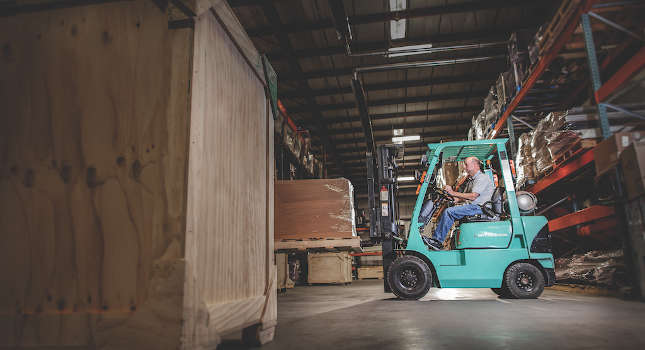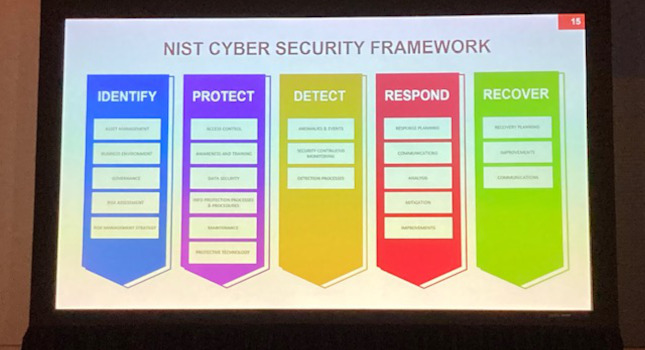The effects of coronavirus are having an effect on the supply chain, particularly when it comes to critical items like ventilators, which are in high demand right now.

The current coronavirus (COVID-19) pandemic is beginning to create panic in the general population, and in some cases, it is misplaced. For example, grocery stores have seen massive stock-outs of common items that people are beginning to hoard as a result of the coronavirus.
In reality, Americans are unlikely to use any more of these products than they have in the past, and manufacturers are unlikely to have shortages. The only thing that is limited is shelf space in stores, but in reality, distributors have warehouses full of these products, and are not going to run out any time soon. Rather, they will replenish on a daily basis, so if you go to the store and it isn’t there, it is more likely that it will be replenished soon. The meat cooler appears to be empty, but in reality there are 950 million pounds of chicken in cold storage, more than we can consume in any short period of time.
From a supply chain perspective, a much greater concern is the shortage of ventilators. In New York alone, there are an estimated 7,250 ventilators, and projections are that they will need more than 18,600. Some of the shortage can be addressed by canceling elective procedure, and using anesthesia equipment in lieu of ventilators.
A Time article suggests there are about 62,000 ventilators in the US, and we are likely going to need much more. As the virus spreads, 25% of cases will require hospitalization; about 44% of those cases will require ventilators. If projections are correct, this means 96 million cases, of which 4.8 million will require hospitalization, and 1.9 million requiring intensive care units. Scary math.
One of the most important solutions we need to address are tests for the virus itself. There are three primary reasons why we have a shortage of tests. First, the FDA established an “Emergency Use Authorization” (EUA) policy, which complicated the ability of physicians to get access to tests. Red tape and the slow reaction time of the FDA to authorize testing has been a major hindrance. Second, testing has been held up an inability to get access to virus samples. To conduct testing requires access to samples and specimens of the coronavirus reagent. The coronavirus originated in China, but the Chinese government does not allow specimens to be shipped outside its borders. The issue isn’t just limited to China though. For any country, a combination of government processes, researcher reticence, complex shipping regulations, and patient-privacy concerns makes getting samples difficult for diagnostic companies like his.
The final issue has been the lack of equipment needed to conduct the tests. The test requires special instruments that extract and then amplify the RNA that makes up the virus. However, labs across the country—like those at many county hospitals—don’t have the tools to do this. Even though some hospitals actually have the new, functional CDC tests, the extraction machines and reagents that are used to perform them are in short supply.
So what can be done? In short, we need leaders to think about how to drive increased standards and line of sight and access to equipment, specimens, and procedures to address these shortfalls. Today, we have a piecemeal situation where hospitals and IDN’s are working independently in an uncoordinated manner. A special task force should be working to streamline access to tests and equipment across the country, establishing special testing centers. For a national epidemic, we need a national taskforce.
North Carolina State University
– Edited by Chris Vavra, associate editor, Control Engineering, CFE Media and Technology, [email protected].



